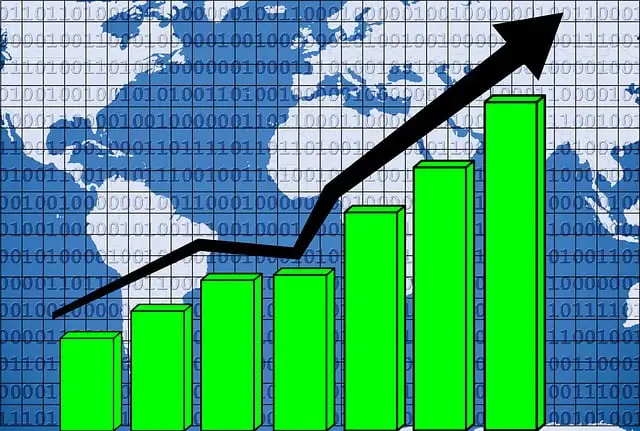The Association of Southeast Asian Nations (ASEAN), a collective of 10 member countries, is well-positioned to navigate the evolving global economic dynamics by leveraging trade, tourism, and digital advancements for sustainable growth.
In today's competitive international market, countries are reassessing their supply chains to reduce vulnerabilities and are increasingly adopting protectionist policies to support local industries. Moreover, issues like climate change and the race for advanced technologies such as AI and big data are now integral to national security considerations.
Within this context, ASEAN nations must work in concert to ensure economic prosperity and protect national interests, with a focus on trade, digitalization, and enhanced connectivity.
Trade, particularly in services, is set to be a key driver for ASEAN's economies, which include sectors like finance, telecommunications, tourism, transportation, and professional services. These areas are vital for job creation and economic growth. Despite a slowdown in goods trade post-pandemic, service trade has shown an upward trajectory, positioning ASEAN as a net exporter of services.
Tourism offers significant potential for ASEAN, emphasizing the region's attractiveness as a travel destination. To enhance competitiveness, ASEAN countries are expected to collaborate on infrastructure, skill development, marketing, and innovation to increase intra-regional travel, which represents over 40% of ASEAN's international tourism, thus bolstering regional economic resilience.
The digital economy in the region, encompassing e-commerce and digital health, is expected to grow from $300 billion to nearly $1 trillion by 2030. With robust digital connectivity policies and regional cooperation, this growth could be even more substantial.
The Digital Economy Framework Agreement is pivotal to this collaborative effort, covering areas such as digital standards, data flows, cybersecurity, digital trade, and the mobility of digital talent, which are all critical components of digital public infrastructure.
Enhanced digital cooperation is also projected to bring about additional benefits, including positive environmental outcomes, social cost savings in the range of $12-30 billion, increased resilience, job creation, and improved access to education and healthcare services.
Furthermore, both physical and institutional connectivity are crucial for ASEAN's economic competitiveness, facilitating engagement with larger Asian and global economies. There is a growing focus on sustainable infrastructure, including renewable energy, low-carbon transport, and urban energy efficiency.
By integrating this with improved digital cooperation and streamlined cross-border logistics and supply chains, the movement of goods, services, and people across borders will be more efficient, environmentally friendly, and regionally resilient.
The collective approach to sustainable infrastructure aligns with ASEAN members' commitment to the Paris Agreement, with Nationally Determined Contributions aiming for net-zero CO2 emissions by 2050 and net-zero greenhouse gas emissions by 2065, to limit global temperature increases to 1.5°C.
It is a strategic moment for ASEAN policymakers to reconsider collaboration. Amidst global economic fragmentation, there are areas that require cross-border cooperation.
Economic self-reliance is growing in the region, and with pressing issues such as digitalization and climate change, mismanaged interdependence could lead to significant costs and economic challenges.
Therefore, for the upcoming term of ASEAN regional cooperation until 2045, member countries should consider their collective efforts as a regional public good, where the benefits of enhanced trade, tourism, digitalization, and connectivity will contribute to sustainable and resilient outcomes for the region's population.
Recent
See All2025-04-07
Beyond Growth: How AI Can Reshape Economies for Ecological Sustainability
2025-04-07
Robust Institutions Act as a Buffer for Emerging Economies Against US Monetary Policy Shifts
2025-04-07
Redefining Progress: AI's Role in Fostering Ecological Economies
2025-04-07
Five Strategic Steps to Unlock Armenia’s Data Center Potential for Economic Growth
2025-04-07
ASEAN Nations Must Capitalize on Trade, Digital Advancements, and Connectivity
2025-04-07
Harnessing Trade, Digital Innovation, and Connectivity for ASEAN's Growth
2025-04-07
Strong Institutions Shield Emerging Markets from US Monetary Shocks
2025-04-07
Why Enhancing Natural Capital is Key for Green Growth
2025-04-07
Enhancing Debt Resilience in Emerging Economies
2025-04-07
The Influence of Political Stability on Fiscal Space Amidst Climate Risks
Newsletter
Get life tips delivered directly to your inbox!












